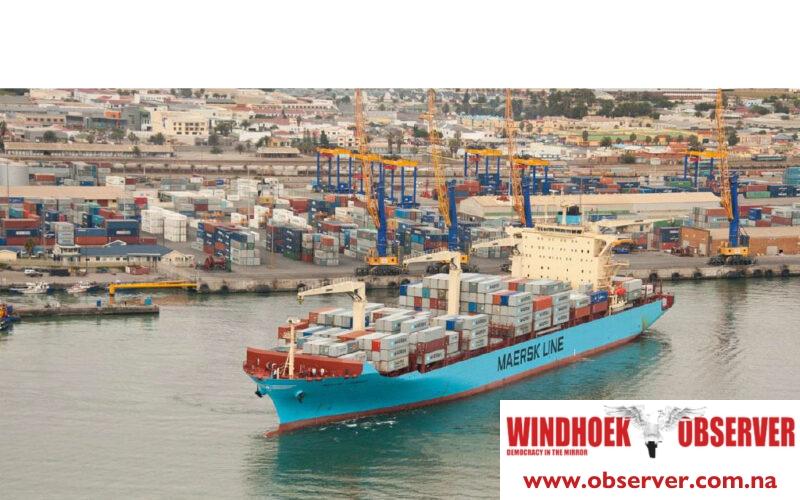Niël Terblanché
The Namibian Ports Authority (Namport) recorded a 4.8% increase in cargo throughput for the financial year ending 31 March 2025.
A total of 8.42 million tonnes moved through the Ports of Walvis Bay and Lüderitz, up from 8.03 million tonnes the previous year.
Elias Mwenyo, Namport’s commercial executive, said in a statement on Tuesday that the growth reflects strong performance across various cargo segments.
“The growth demonstrates the sustained strength of Namport’s operations across bulk, break-bulk, containerised, and liquid cargo segments and is attributed to continued cargo diversification, targeted infrastructure enhancements, and strategic partnerships with key industry stakeholders,” he said.
Mwenyo said the mining sector remains a key contributor, with increased exports of copper concentrate, zinc concentrate, and uranium oxide concentrate through both ports.
Imports rose by 7.1%, driven by higher volumes of fertiliser, sulphur, ammonium nitrate, and petroleum, along with wheat and machinery.
“This growth was primarily driven by a 12.8% surge in bulk and break-bulk cargo, where landed volumes led to the increase,” he said.
Although exports through the Port of Walvis Bay declined by 5.7%, there were gains in salt bulk, copper and lead concentrates, charcoal, wooden products, marble, and granite.
Walvis Bay also exported nickel and zinc concentrates for the first time, positioning Namibia as an emerging supplier of critical minerals.
The Port of Lüderitz recorded a 21.7% rise in cargo volumes, from 1.21 million tonnes to 1.47 million tonnes. Growth came from more imports, especially empty containers, petroleum products, wet fish, and machinery.
Exports fell by 5.4% but were supported by steady volumes of zinc ore, frozen fish, and ice for the fishing industry.
The two ports handled 253,996 twenty-foot equivalent units (TEUs), the highest container throughput in more than ten years. This marks a 33% year-on-year increase, equivalent to 82,845 TEUs.
Mwenyo said the rise reflects Namport’s ability to attract high-value cargo and its ongoing investments in port infrastructure. Strong collaboration with cargo carriers and owners also played a role.
“Despite a 13% year-on-year decline in the total number of vessel calls, this was offset by an increase in vessel gross tonnage, reflecting a shift toward larger, higher-capacity vessels, particularly at the Port of Walvis Bay,” he said.
Namport’s Syncrolift repair facilities had mixed results. Repair jetty occupancy dropped from 96% to 75%, while repair bay occupancy stayed steady at 47%.
Cruise tourism rebounded with more international vessel calls, including the MSC Musica, boosting the ports’ role in Namibia’s tourism economy.
“Namport attributes this positive performance to the collaborative efforts of its stakeholders, including the Walvis Bay Corridor Group, shipping lines, government agencies, cargo owners, and port users. The dedication of Namport’s workforce and customer trust remain central to achieving its mandate,” Mwenyo said.
He added that Namport remains committed to becoming Africa’s best-performing port and to driving regional trade and economic integration.




